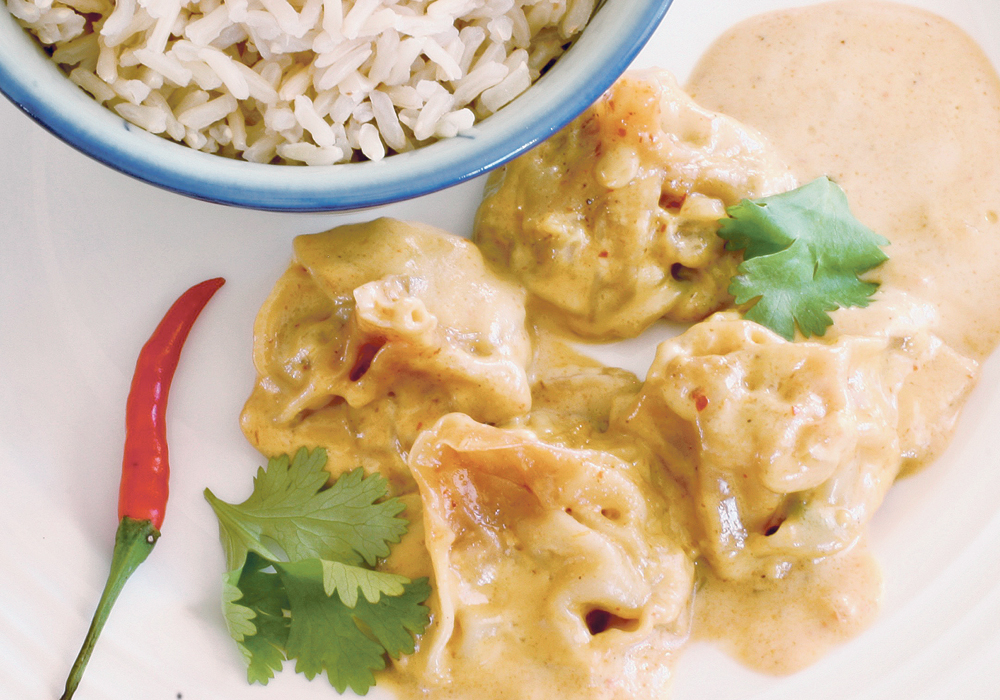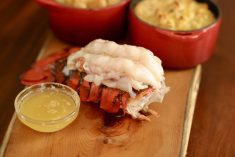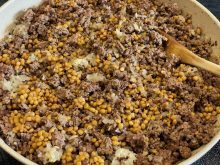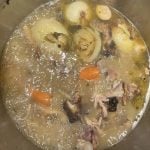Feb. 5 marks Chinese New Year’s Eve, the year of the Pig. It is also called the Lunar New Year or the Spring Festival.
Although it’s still cold, the coldest days are over. Celebrations carry on for 15 days with festive foods and family visits. Children receive lucky money in gold-embellished red envelopes.
Family kitchens and restaurants are abuzz with the making of these dumplings. Everyone eats dumplings morning, noon and night. The fillings are pork, beef, lamb, shrimp or a mixture. Adding shitake mushrooms and napa cabbage is popular.
Read Also
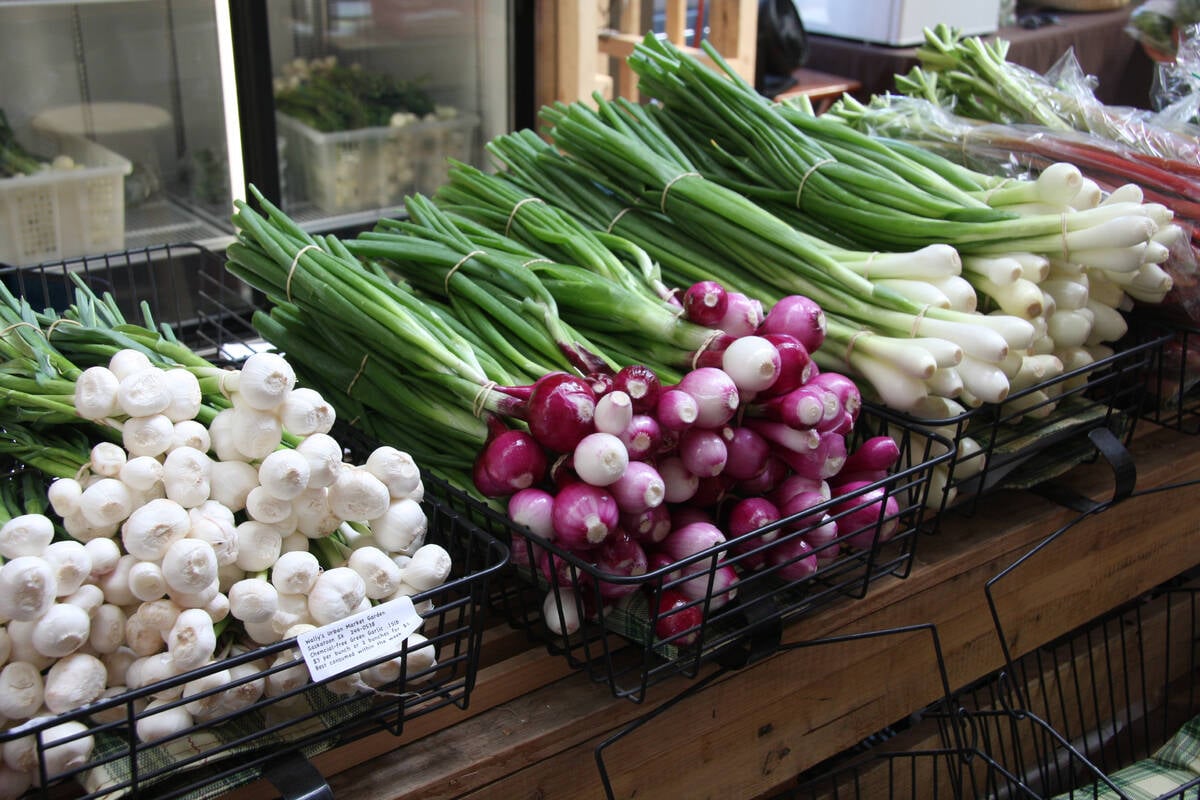
Starting a small business comes with legal considerations
This article sets out some of the legal considerations to start a business to sell home-grown product, such as vegetables, herbs, fruit or honey.
Most save the work of making their own wrappers and use store-bought wonton and dumpling wrappers. The wrappers are square or round and come in a few different sizes.
Usually cooks make a big batch and freeze dumplings until needed. They will keep nicely for two months in an airtight container. They can be cooked straight from the freezer.
Dumplings are cooked in several ways. They are deep fried to produce a crispy finger food or boiled and then pan fried for a softer pot-sticker. To deep fry, heat oil in a deep, heavy pot to 350 F (180 C). Fry dumplings in batches for three to four minutes, until golden brown.
To make pot-stickers, bring a pot of water to a rolling boil. Add dumplings and boil in batches for about five minutes, or until they float. Then heat a tablespoon (15 mL) of oil in a non-stick pan. Drain boiled dumplings and fry until golden brown.
Dumplings can also be steamed and served dim-sum style in a bamboo steamer. The steamers are inexpensive and available in most Chinese grocery stores.
Serve dumplings, whether pan-fried or steamed, hot and with a dipping sauce.
Pork and cabbage dumpling
This cabbage dumpling is traditional for Chinese New Year’s Eve.
- 1 c. water 250 mL
- 2 tbsp. fresh ginger,
- grated 30 mL
- 1 bunch green onions, finely chopped
- 1 lb. ground pork 500 g
- 2 c. finely chopped napa cabbage 750 mL
- 2 pkg. of round dumpling wrappers
Put the green onions and ginger in a large pot with the water and bring to a boil for a minute. Cool to room temperature. Add the rest of the ingredients and mix well.
Lightly dust a baking sheet with cornstarch or use a piece of parchment paper.
Place about two teaspoons (10 mL) of filling in the centre of a wrapper. Moisten the edge of dumpling skin with water. Fold over to form a half-moon shape. Pleat and press edges to seal.
Place on prepared baking sheet. Makes about 45 dumplings. These can be frozen and cooked later.
Beef dumpling
- 1 c. water 250 mL
- 1 bunch green onions, finely chopped
- 2 tbsp. fresh ginger, grated 30 mL
- 3/4 lb. ground beef 365 g
- 1/4 lb. ground pork 115 g
- 1/2 tbsp. white pepper 2 mL
- 2 tbsp. soy sauce 30 mL
- 1 tbsp. rice wine 15 mL
- 1/2 tbsp. sugar 7 mL
- 2 pkg. round dumpling wrappers
Put the green onions and ginger in a large pot with the water and bring to a boil for a minute. Cool to room temperature. Add the rest of the ingredients and mix well.
Lightly dust a baking sheet with cornstarch or use a piece of parchment paper.
Place about two teaspoons (10 mL) of filling in the centre of a wrapper. Moisten the edge of dumpling skin with water. Fold over to form a half-moon shape. Press edges to seal. Place on prepared baking sheet. Makes about 30 dumplings.
These can be frozen and cooked later.
Dipping sauce
- 2 cloves garlic, minced
- 1/4 c. Chinese rice vinegar 60 mL
- 1/4 c. soy sauce 60 mL
- 1 tsp. toasted sesame oil 5 mL
- 1 tsp. hot chili oil or srichacha sauce, optional 5 mL
Mix everything together and serve in little individual bowls or a larger bowl with a spoon so everyone can put it on their plate.
Thai shrimp dumplings
- 1 pkg. square wonton wrappers
- 1/4 c. cornstarch, or dusting 60 mL
- 2 tbsp. vegetable oil 30 mL
Filling:
- 1/2 lb. raw shrimp, cleaned, shelled and finely chopped 250 g
- 1/2 c. finely sliced green onions 125 mL
- 1 tbsp. fresh ginger, grated 15 mL
- 1 tbsp. oyster sauce 15 mL
- 1 tsp. white wine vinegar 5 mL
- 1/4 tsp. hot chili sauce 1 mL
Sauce:
- 1 400 mL can coconut milk, full fat
- 1 tbsp. cilantro, chopped 15 mL
- 1 tbsp. fresh basil, chopped 15 mL
- 1 tbsp. fish sauce 15 mL
- 1 shallot minced
- 1 tbsp. rice wine vinegar 15 mL
- 1/4 tsp. hot chili sauce 1 mL
- 2 tbsp. sugar 30 mL
- 1/2 tsp. curry powder or
- 1 tbsp. yellow Thai chili paste2 mL/15 mL
Prepare filling by mixing all ingredients together in medium-sized bowl and refrigerate.
Prepare the sauce by mixing all ingredients together and set aside.
Put some water in a small bowl. This will be used to moisten the wonton wrapper. Dust a baking sheet with cornstarch or place a piece of parchment paper on it so dumplings won’t stick.
Place three wonton wrappers at a time, side by side, on a cutting board or countertop. Place a teaspoon (5 mL) of shrimp filling in the centre of each one. Using a small pastry brush or your finger, paint two opposite edges of the wonton wrappers with water.
Fold the wrapper over so that the ends meet. Gather the edges together like a purse, ruffling the edge. Pinch tightly to ensure it is sealed together. Place on prepared baking sheet. Repeat until all filling is used up.
Cook now or freeze for later.
Heat a skillet with two tablespoons (30 mL) vegetable oil. Place the wontons in the hot oil for about a minute or until browned on the bottom. Add sauce and put the lid on. Reduce heat to low.
Cook with the lid on until sauce is bubbling and then turn the heat off and let sit for one minute more with the lid on. Serve immediately.
Sarah Galvin is a home economist, teacher and farmers’ market vendor at Swift Current, Sask., and a member of Team Resources. She writes a blog at allourfingersinthepie.blogspot.ca. Contact: team@producer.com.

